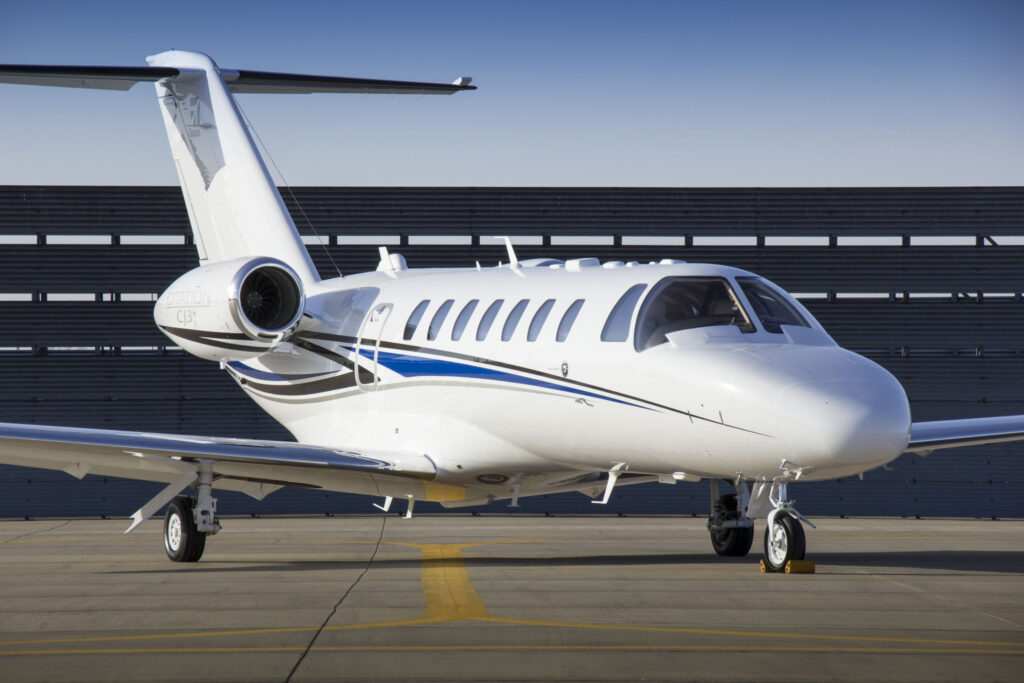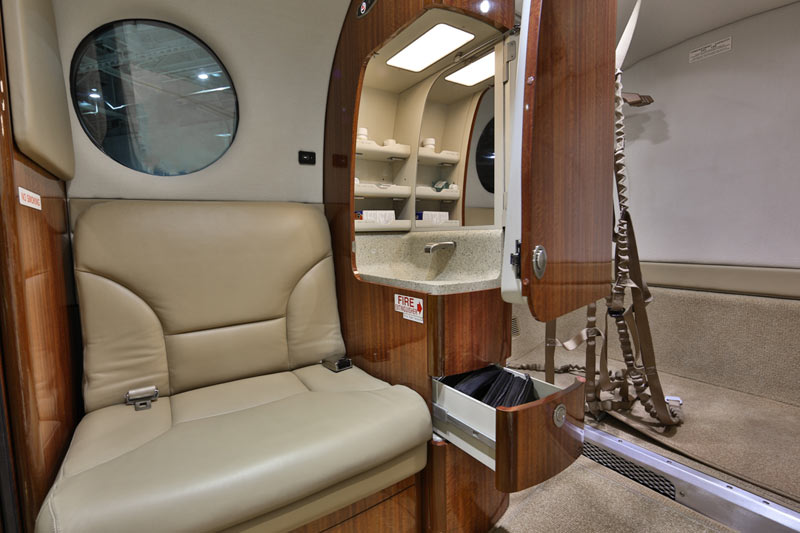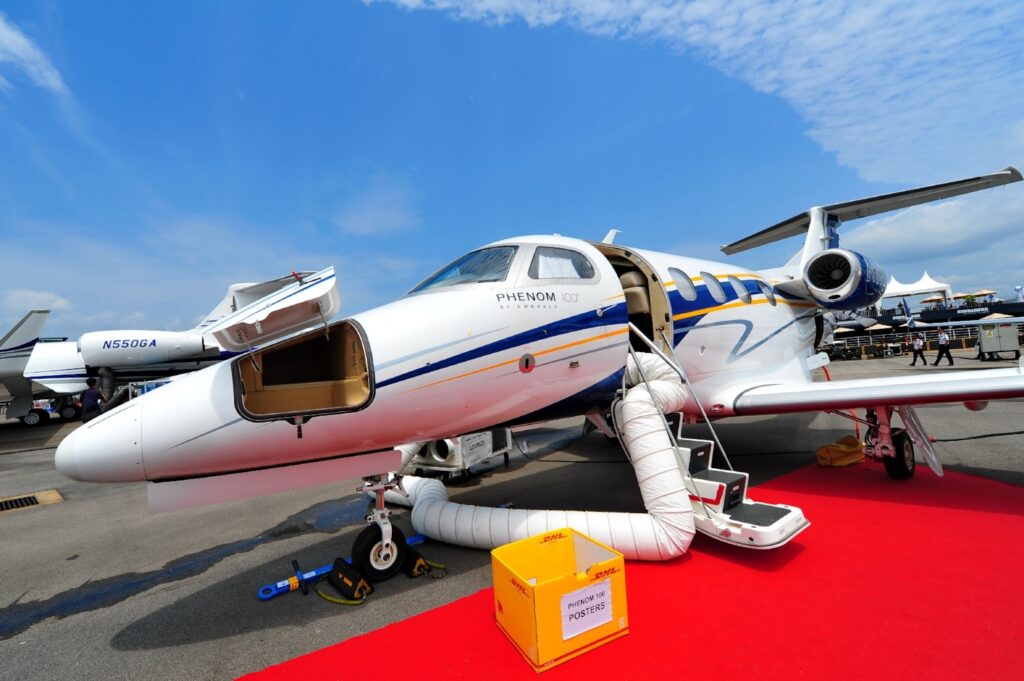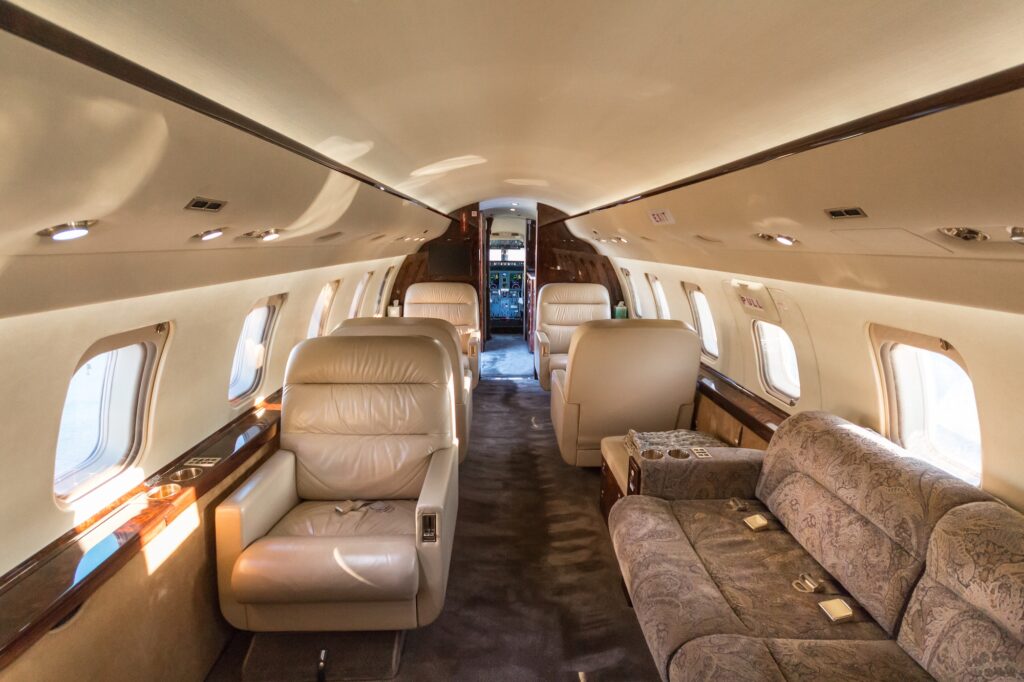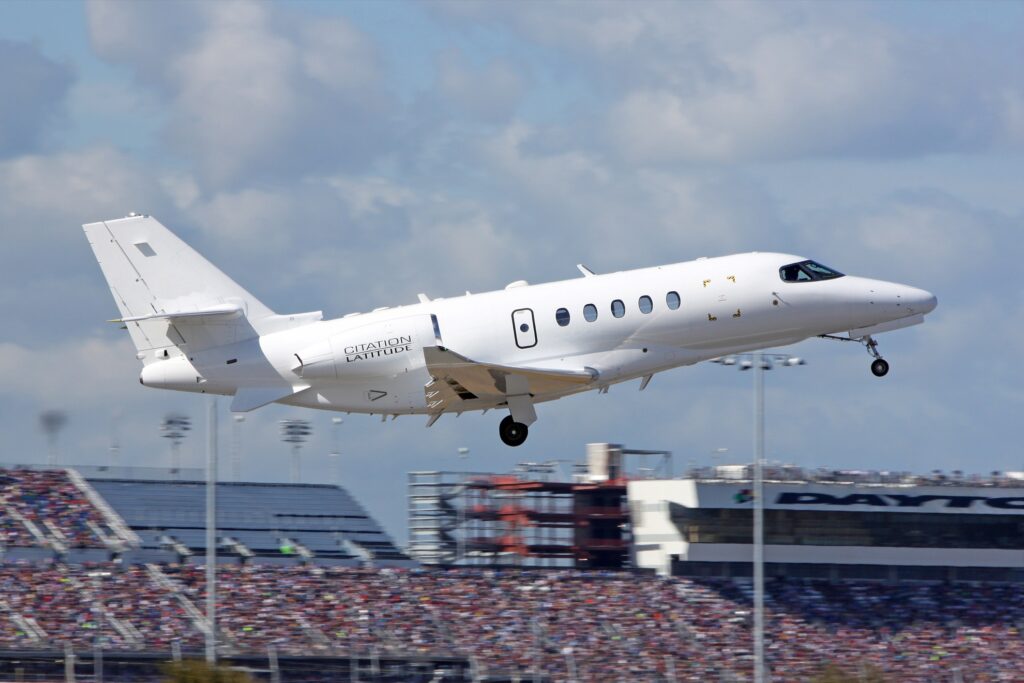Single-pilot aircraft operation is all about flexibility and convenience. And even though the insurance premiums might be higher with single-pilot operations, the cost savings are significant. Single-pilot jets have progressed a lot through the years, and today, there are a number of turbine-powered aircraft flying with just one pilot. Here’s how they qualify:
Up until 1977, the FAA required all jets to be operated by two pilots. In ‘77, Cessna was given approval on a single-pilot variant of the Citation I, the Citation I-SP. The aircraft met the 12,500-pound maximum takeoff weight threshold for small aircraft, but that wasn’t the only single-pilot qualification. Cessna also had to convince the FAA that its pilot workload was low enough for one pilot to handle safely.
According to J. Mac McClellan with Flying Mag, in order for an aircraft to qualify for single-pilot certification in the 70s, “you had to have a boom microphone for hands-free communications-somewhat uncommon 30 years ago-and a fully functioning autopilot. There was also the quaint requirement for a transponder ident button to be mounted on the control wheel. In those days, we would ident on almost every controller handoff.”
One of the most important (and obvious) requirements for single-pilot certification of an aircraft is the fact that all gears and controls must be accessible from the left seat. The autopilot must be seamlessly integrated into the airplane’s navigation systems, and it must be functional for every flight operated by one pilot. The aircraft must have hands-free communication, as well. Aside from those concrete requirements, the rest is subjective.
After a series of test flights, the FAA’s test pilots must come to the conclusion that the aircraft is safe for a single pilot to fly. The design of the aircraft’s controls is one of the most important factors, as one pilot must be able to operate the throttle, the yoke, control wheel, and other flight controls easily from the left seat.
At one point, single-pilot certification was 100% based on the aircraft, assuming that every properly qualified pilot would be capable of flying an aircraft that had been single-pilot certified by the FAA. However, when larger commuter aircraft came to market that were successors of their single-pilot siblings, like the King Air 300, King Air 350, Beech Premier, and a number of CJs, the FAA was stuck between a rock and a hard place. Their predecessors were clearly capable of being flown by a single pilot, and had done so successfully for years. Their pilot workloads were almost identical, but they had maximum takeoff weights of more than 12,500 pounds. The FAA didn’t want to set a precedent of allowing larger aircraft to operate with just one pilot, but these new, heavier commuter aircraft all but forced them to adjust their certification requirements. Thus came the single-pilot type rating.
Single-pilot type rating allows a pilot to fly certain aircraft that are above the small aircraft takeoff weight threshold, but the FAA deems safe to be flown by one properly trained pilot. Once a pilot qualifies for his or her single-pilot type rating, he or she must log 25 hours of supplemental operating experience with someone who is also type rated to fly the aircraft in which the pilot-in-training has earned his or her single-pilot privileges before he or she is able to take off solo.
Some pilots, however, are allowed to take off on their own immediately after qualifying for their single-pilot type rating, if they:
- Possess a current, unrestricted jet type rating.
- Have at least 2,000 hours total time, with a minimum of 500 hours in multiengine turboprop or jet airplanes.
- Have a U.S. military pilot certificate with multiengine jet privileges.
- Have logged 500 hours as second in command in the airplane in which they’re seeking the type rating.
- Earn 1,000 hours as second in command in at least two airplanes that require a type rating.
If you’d like to learn more about which aircraft are single-pilot certified, check out our 7 favorite single-pilot planes here.
[ulp id=’xkA7bnsbSMSAnwAm’]

